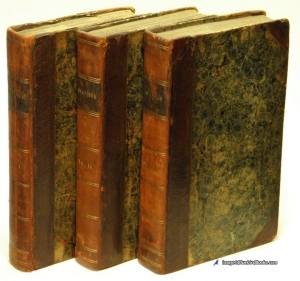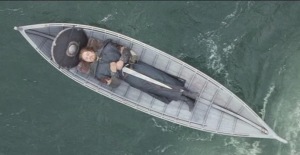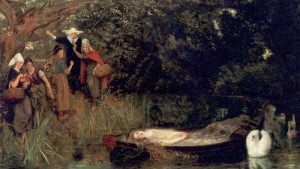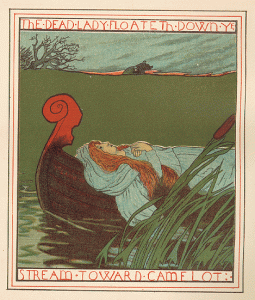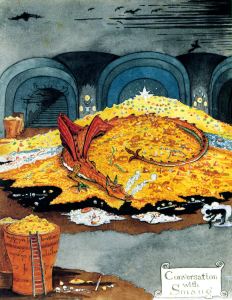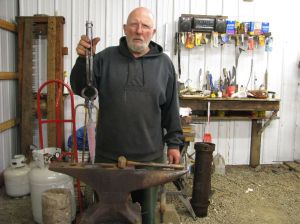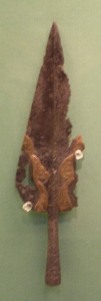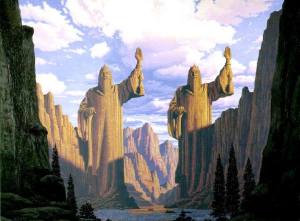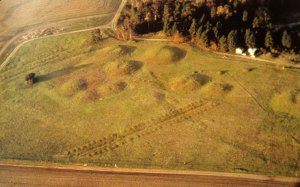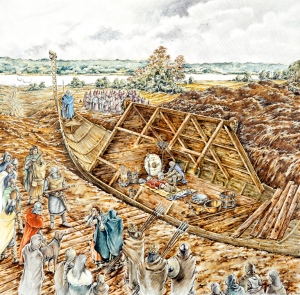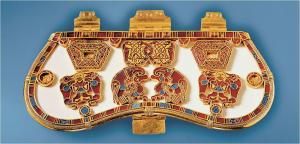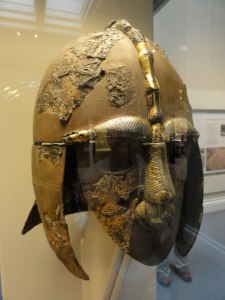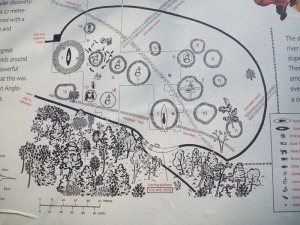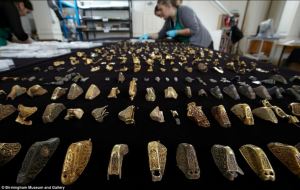Tags
Beowulf, Bromley, Byzantine, Glendalough, Grettir's Saga, Lindisfarne, Monty Python, Onund Treefoot Ufeighson, Risala of Ibn Fadlan, Scandanavian, Skraelings, Spam, Sutton Hoo, The Vikings (1958), Varangians, vikings
Welcome, dear readers, and, if you’re a Commonwealth English-speaker, please excuse the mild blasphemy. (For those without any idea about that last remark, please follow this LINK.)
In fact, it isn’t really our fault, but, rather, it comes from a line in a very famous Monty Python’s Flying Circus sketch, the notorious “Spam” skit.

In this sketch, two people are lowered into a café, whose breakfast menu

appears to be entirely based upon a tinned/canned ham product called Spam.

(If you would like to become deeply learned on the subject of this product, please follow this LINK.)
With no explanation, we find that the rest of the customers are Vikings, but, when a professor is suddenly inserted into the scene, we learn that they have mustered at the Green Midget Café in Bromley, a southeastern town within Greater London, (see the LINK here for important information about Bromley, in case you’re considering a holiday), for a surprise attack on England.
In the course of the sketch, the word “spam” is repeated again and again and, as it is, the Vikings begin to sing its praises in chorus, causing the waitress

to shout “Shut up! Shut up!” repeatedly and once, on the original LP, to mutter, “Bloody Vikings!”—hence our title—although, as you’ll see, reading on, she might have said “Not so bloody Vikings!”
Some time ago, we did a posting on a specific Viking custom, burial, but, unlike the depictions, in everything from 19th-century paintings

to the well-known 1958 film,

we discussed the latest understanding, that prominent Vikings might be cremated (we see this custom as early as the poem Beowulf –7th-8th- century AD?), but then were subsequently buried—if they were especially important, in their own ships, as was the case with the prominent figure who would have been in the famous Sutton Hoo burial, with its wonderful metal work.



This revision has extended far beyond the sensational flaming ship, however. To begin with, 19th-century illustrations of Vikings


have been replaced with more accurate depictions, based upon the surviving physical evidence.


(This last is a picture of a famous warrior, Onund Treefoot Ufeighson, from Grettir’s Saga—we think that you can guess where that nickname came from!)
As well, Vikings are shown as domestic—after all, their ancestors and relatives had all been farmers and fishermen in Scandinavia.


And their fine craftsmanship was recognized, including their great skill as shipwrights.

They were certainly raiders.

(This is a picture of a Viking attack in Ireland, as can clearly be seen from, in the foreground, the distinct haircut—called a “tonsure”—of the fallen monk—this particular cut being the typical Irish pattern–and, in the background, the distant form of a round tower. Here’s an image of a real one, at Glendalough. And a LINK, if you’d like to know more.)

Raiding, however, was only part of some Vikings’ lives. Numbers were traders, not only of items like furs, but humans.


Others were soldiers in foreign rulers’ bodyguards—these are Varangians, who, for a time, protected Byzantine emperors.

In their handy ships, the Vikings not only raided and traded, but colonized, spreading their culture from western Russia all the way to Iceland and northern North America, settling or resettling places like Dublin and York.



Their settlements were not always successful, as we may see in this scene, where the locals—whom the Vikings called “Skraelings”, were not comfortable with having Norse neighbors.

All of this makes the Vikings, on the one hand, more ordinary—just one more Germanic people with many occupations and a desire to find trade and lebensraum—but, on the other, it leaves us, dear readers, with a small sense of loss, as they seem not quite the flaming force which brought about this prayer:
“Summa pia gratia nostra conservando corpora et cu[s]todita, de gente fera Normannica nos libera, quae nostra vastat, Deus, regna!”
“Our highest, pius, Grace, by preserving our bodies and the things in our charge, free us from the fierce/beastly Northmen who, O God, lay waste our kingdoms!
or inspired this early tombstone from Lindisfarne (devastated by the Vikings in 793AD).

Thanks, as ever, for reading and
MTCIDC
CD
ps
We want to credit the “Viking Answer Lady Webpage” for the Latin quotation (translation and correction in brackets, ours). Here’s a LINK, in case you need Viking answers, too.
pps
If you would like to read a first-hand account of what appears to be the burial of a prominent Viking, please see this LINK: Risala of Ibn Fadlan. It is James E. McKeithen’s translation of Ahmad Ibn Fadlan’s account of his 10th-century travels, and it includes his visit among the Rus, who are the Norsemen and descendants of Norsemen who traded with and settled in what is now (mostly) the Ukraine. Warning: this is not a description for the faint-hearted.

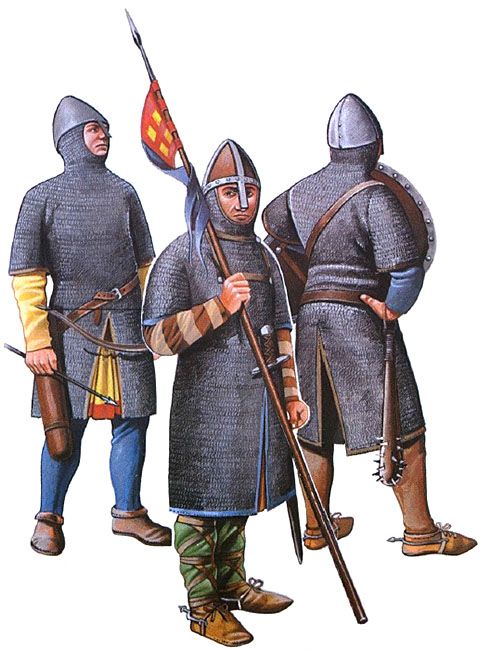




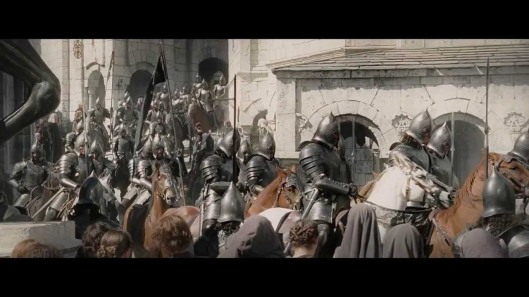













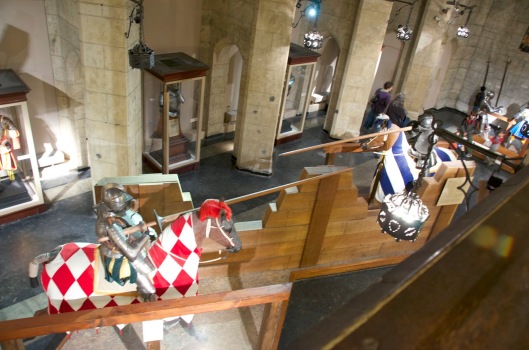





 S
S

